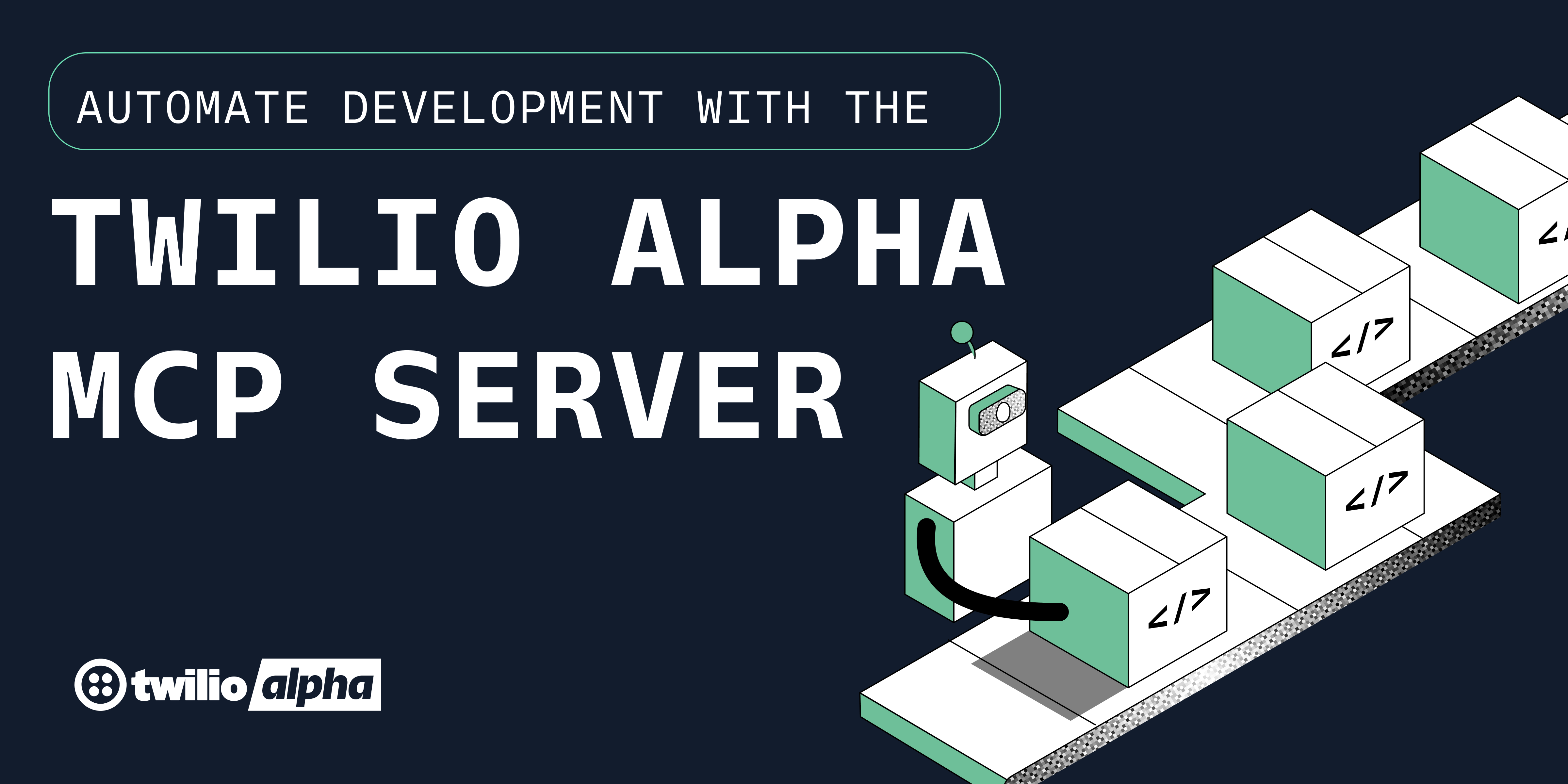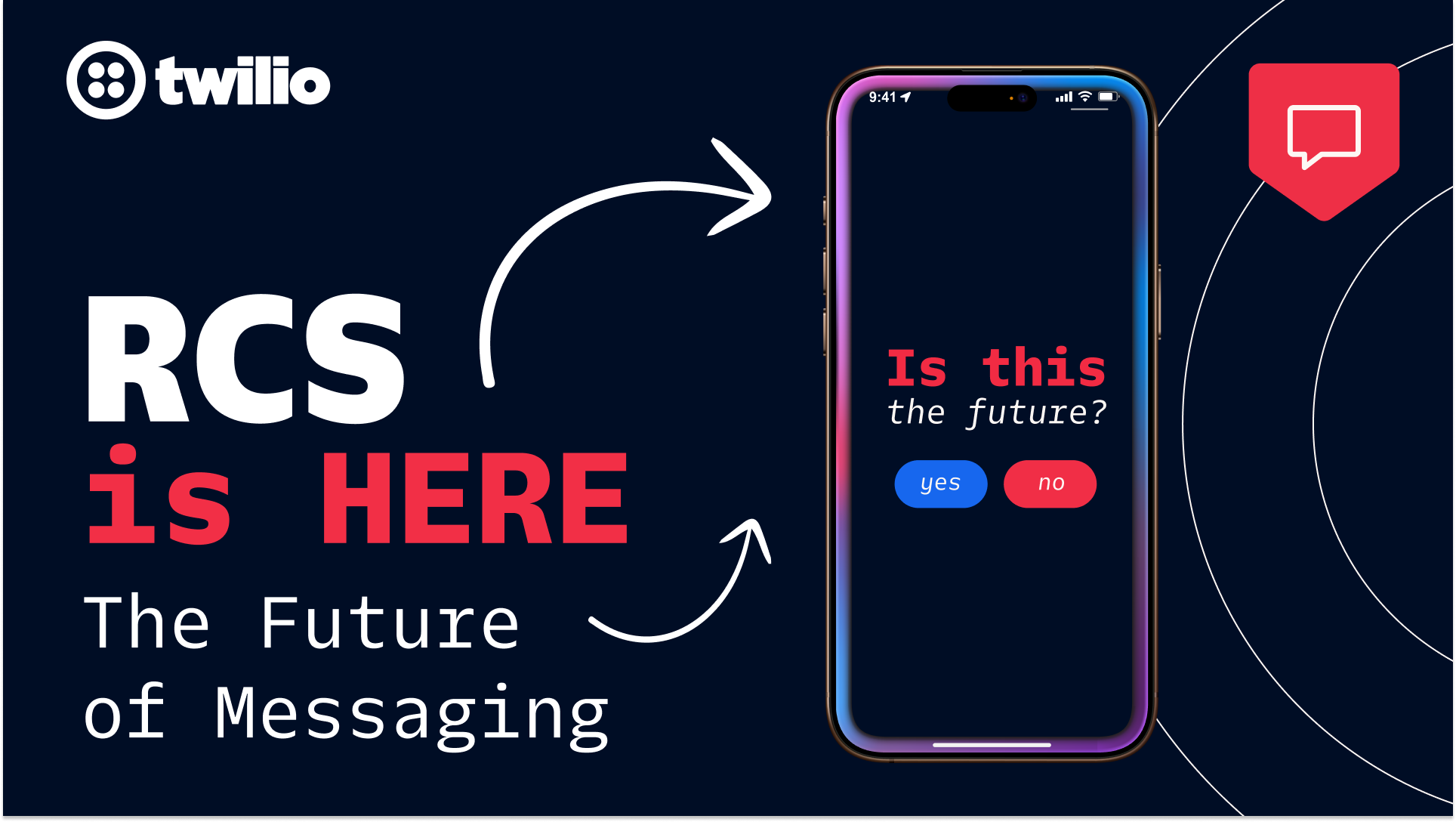Does anyone know what a CDP is anymore?
Time to read: 4 minutes
There’s a bit of an identity crisis happening inside the CDP industry. We’ve seen this before: people used to confuse Customer Data Platforms with CRMs, or say a data warehouse was a one-to-one replacement. Now, we’ve seen the market become crowded and start to consolidate, with companies across industries acquiring a CDP to enhance personalization, real-time data orchestration, or their AI investments (among other reasons). And that’s brought on a whole other conversation of where a CDP should sit in your tech stack.
But what all these discussions and misunderstandings seem to be dancing around is the existential question of what a CDP is and what criteria it should be evaluated against.
The expanding role of CDPs across the enterprise
Customer data platforms extend far beyond marketing use cases. They provide a centralized data infrastructure that powers every customer interaction.
CDPs are often associated with marketing for their ability to create unified profiles, segment audiences, and cut out the lengthy process of manual data exports. But these capabilities can serve every business function – from sales, to product marketing, customer service, and beyond.
And more than serving these teams individually, CDPs help foster cross-functional collaboration.
Take IBM, which was able to standardize data across 150 of its products using Twilio Segment. Because different teams were responsible for different products, they were struggling with an incomplete customer view. In creating a single source of truth with a CDP, IBM could analyze end-to-end customer journeys and create tailored cross-sell strategies – increasing revenue for IBM Cloud by 70% in three months.
The key phrase here is: end-to-end customer journeys. Every customer interaction builds on each other. For instance, Onboarding impacts customer satisfaction and retention. Engagement metrics can influence product development.
Even the delineation between technical and non-technical teams can be too narrow-minded. While a marketer or customer support representative may not be involved in the day-to-day work of maintaining pipelines, customizing integrations, or implementing data governance at scale, they feel the impact of disconnected systems or delayed data processing. It often translates to an incomplete view of the customer, inaccurate targeting in campaigns, and lower NPS for product experiences.
The modern data architecture
The world has changed dramatically since the term “Customer Data Platform” was first coined in 2013, and CDPs have had to adapt. Along with identity resolution, real-time processing, and seamless integrations, companies need to evaluate CDPs with a forward-thinking perspective. AI readiness, privacy compliance, and data orchestration across every channel will be instrumental in the years to come.
Flexibility and extensibility
We’ve seen a shift away from monolithic platforms to composable tech stacks. One survey found small businesses have, on average, 172 apps in their tech stack. For enterprises, that number goes up to 664.
A customer data platform can connect multiple different systems, process data in different formats and structures (at scale), and evolve with changing regulatory requirements, helping businesses deliver excellent customer experiences at every interaction.
We believe a CDP best functions as an open platform, helping businesses adapt as needs change or new systems are introduced. That’s why at Twilio Segment we offer hundreds of pre-built connectors and robust APIs and SDKs, so developers can customize integrations and the flow of data through pipelines as they see fit.
Privacy-first engagement
For businesses, privacy is both a legal requirement and a necessity for securing customer trust and loyalty. A CDP can help manage key aspects of privacy compliance, like filtering out and masking personally identifiable information, offering regional data processing, or encrypting data at rest and in transit.
It can also help businesses adapt to this new era of privacy-informed personalization. While third-party cookies made up the bulk of ad strategies in the past, consumers want more transparency around how businesses are tailoring their experiences. This ties back into building a customer relationship, and leveraging the zero- and first-party data you’ve collected from direct interactions.
Businesses can even use their historical and behavioral data to start predicting future intent and behavior – something the Italian hardware and software company Arduino did with great success. They used AI Predictions to analyze data across their websites, server-side data from BigQuery, and various APIs to predict which customers were “ready to buy.” In doing so, they increased the accuracy of audience segments by 70%.
AI readiness
An AI model won’t transform your business if it doesn’t have access to the right data or systems. To have success with AI, you need a robust data infrastructure.
A CDP helps with AI readiness by protecting data quality at scale, which will determine the intelligence of the AI. It also offers real-time data processing, so the AI can adapt its responses based on incoming event data (crucial for a voice assistant or AI-powered chatbot, among other use cases).
CDPs also help with observability, so businesses understand what data is being used to train the AI model – particularly important for rooting out bias, and ensuring training data is privacy compliant.
For example, at Twilio Segment users can see the contributing data points and events that informed our AI features, like Predictions. We also have AI Nutrition Facts, to explain how the AI is working with your data.


Actionable data is the future
Customer data platforms are both misunderstood and more crucial than ever. Businesses need the data unification, orchestration, and activation a CDP provides – to build customer experiences, train AI models, and even for high-level business processes like supply chain management or resource planning.
CDPs are often talked about in relation to a warehouse or CRM, but we see that as pigeon-holing the technology. Customer data platforms should be thought of in relation to the entire business. It should take in data from applications, customer communications, along with systems like a CRM and data warehouse so every team has the context of the full customer journey. This is how you deliver amazing experiences.
Related Posts
Related Resources
Twilio Docs
From APIs to SDKs to sample apps
API reference documentation, SDKs, helper libraries, quickstarts, and tutorials for your language and platform.
Resource Center
The latest ebooks, industry reports, and webinars
Learn from customer engagement experts to improve your own communication.
Ahoy
Twilio's developer community hub
Best practices, code samples, and inspiration to build communications and digital engagement experiences.

